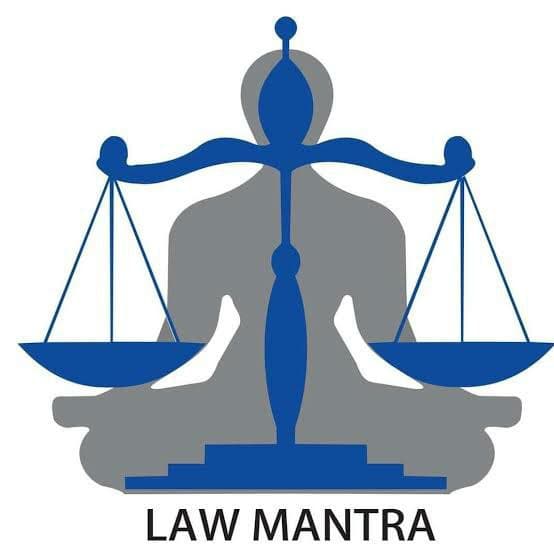
- Critical and reflective component of Digital Humanities
- Theoretical insights into changes taking place in the very definition and scope of the humanities
- Objectives, and processes of digital record keeping and data processing and engaging with new forms of textuality
- Humanities: Transitions
- Intersection of Humanities and Computing
- Visual Cultures, Archives and its evolution
- Digital technology for academic purposes and Databases
Why Digital Humanities?
In the contemporary cyber connected world we are experiencing humanities in plural: engaging simultaneously with history, language, media, location, and image. Digital Humanities offers us a new lens where by a spectrum of convergent practices, discursive strategies and technologies helps us to explore that a) printed text is no longer “exclusive or normative medium” and that now the text has been absorbed into newer multimedia configurations b) in the field of arts human and social sciences digital tools technologies and media have completely transformed both production and dissemination of knowledge. The spurts of digital technologies have affected not only perspective but also approaches and disciplines. Newer digitized artifacts and collections available with libraries, museums and institutions require new skill set and tools to bring this reserve of resources into the classroom. Digital Humanities is not a unified field therefore it underscores the values of collaborations, plurality to investigate human culture, to disrupt and reflect on traditional practices. DH is concerned with use of digital technologies for humanities projects and how these technologies change the user’sexperience.
